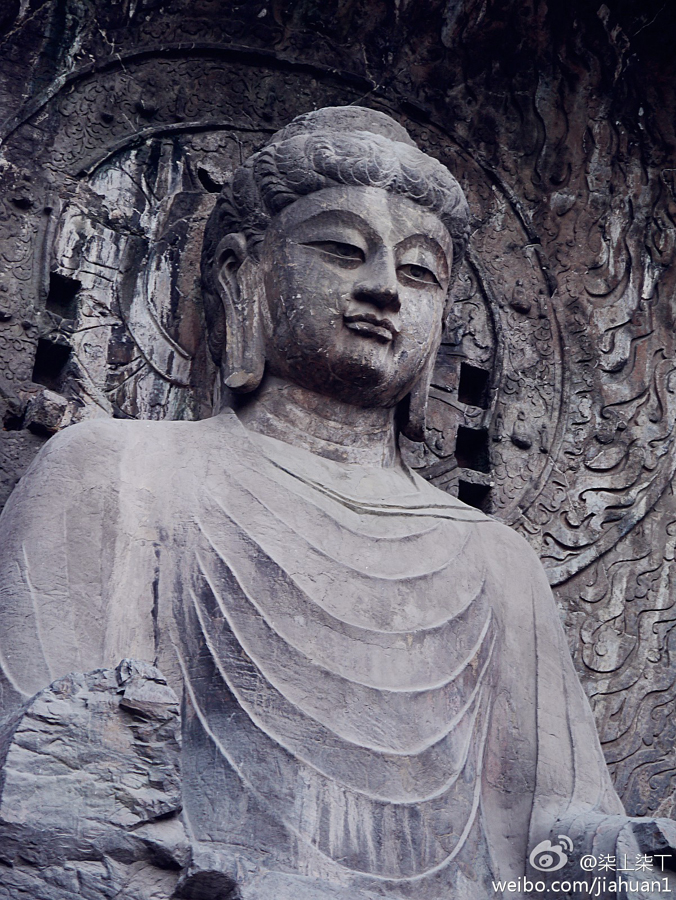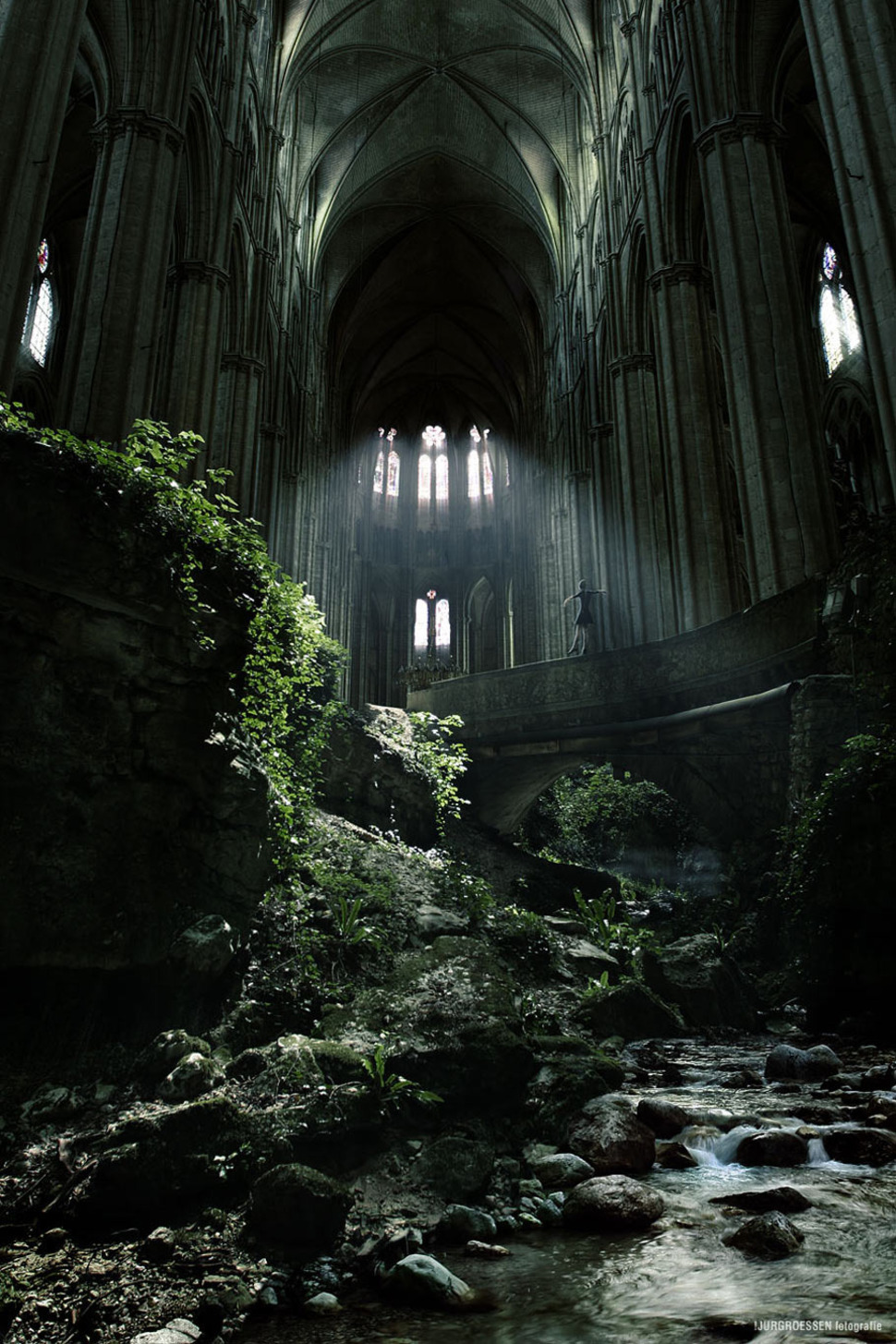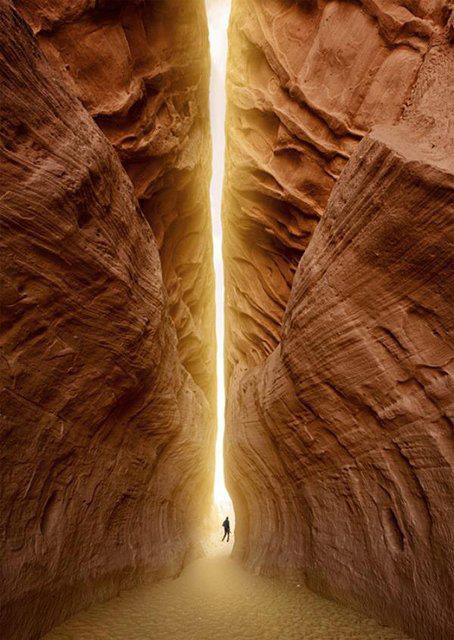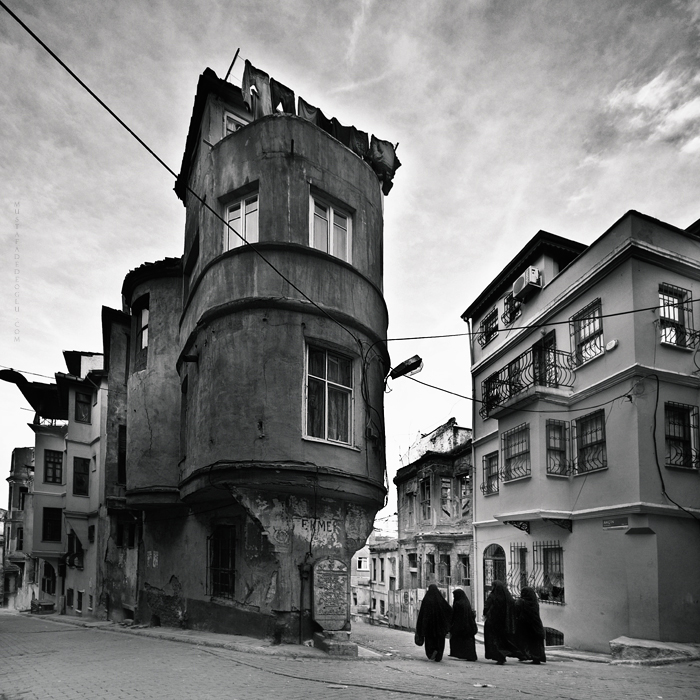The Buddha statue in the Longmen Grottoes, located in Luoyang, China, is an awe-inspiring and monumental representation of Buddhist art and devotion. Carved into the limestone cliffs along the banks of the Yi River, this extraordinary statue stands as a testament to the rich cultural heritage and artistic prowess of ancient China.
The Longmen Grottoes, a UNESCO World Heritage site, house one of the most extensive and well-preserved collections of Buddhist art in the world. The colossal Buddha statue, known as the “Vairocana Buddha,” is the largest among the many statues found within the grottoes. It stands tall at approximately 17 meters (55 feet) and emanates a sense of serenity and majesty.
The Vairocana Buddha is characterized by exquisite details and intricate craftsmanship. The statue’s face exudes a tranquil expression, and its flowing robes are delicately carved with ornate patterns, revealing the skill and precision of the ancient artisans. The scale and grandeur of the statue leave a profound impression on visitors, evoking a sense of reverence and awe.
Surrounding the Vairocana Buddha are numerous other sculptures, ranging from smaller figures to massive Buddha statues, each displaying unique artistic styles and interpretations. These sculptures depict various Buddhist deities, bodhisattvas, and disciples, reflecting the diverse range of Buddhist beliefs and traditions prevalent during the Tang Dynasty.







